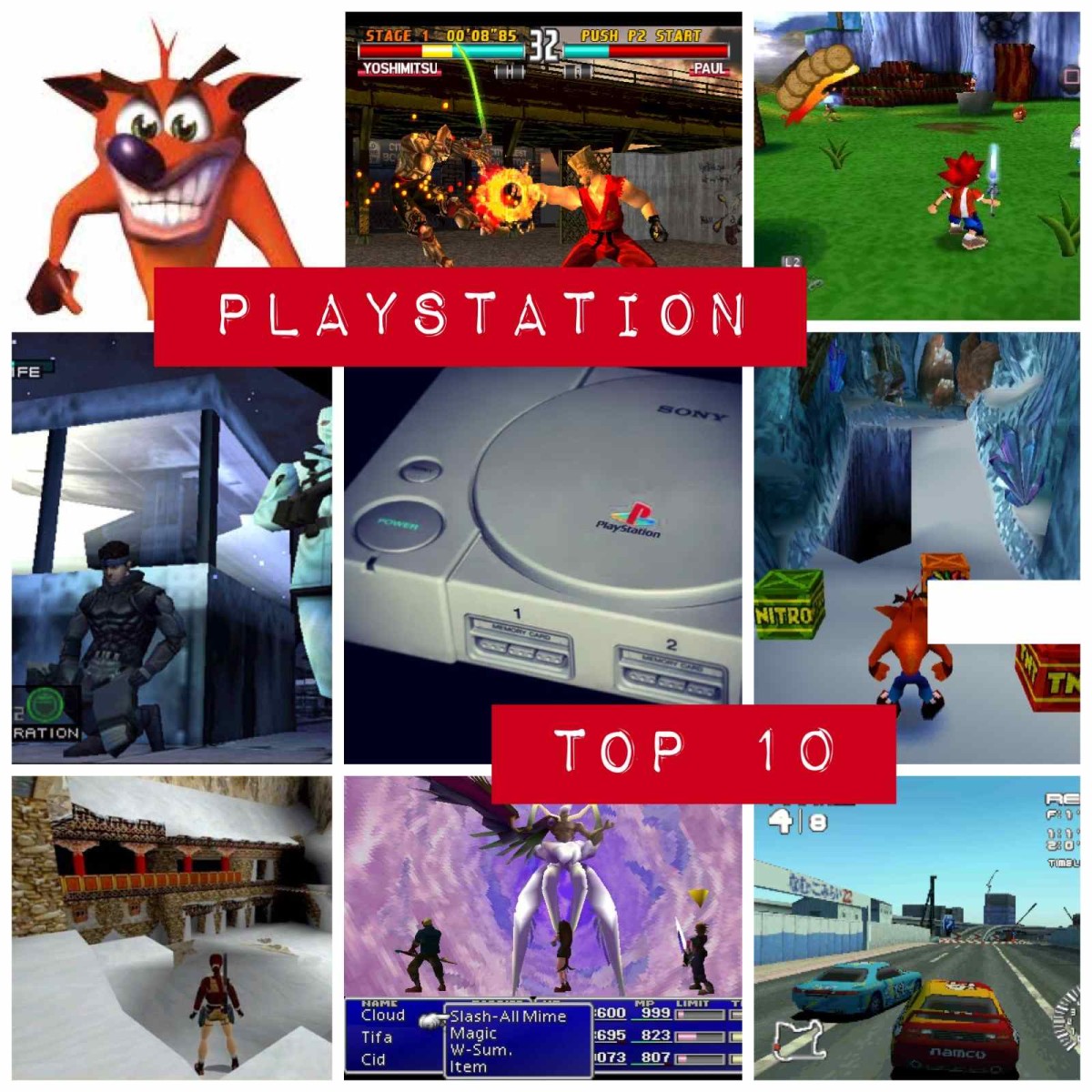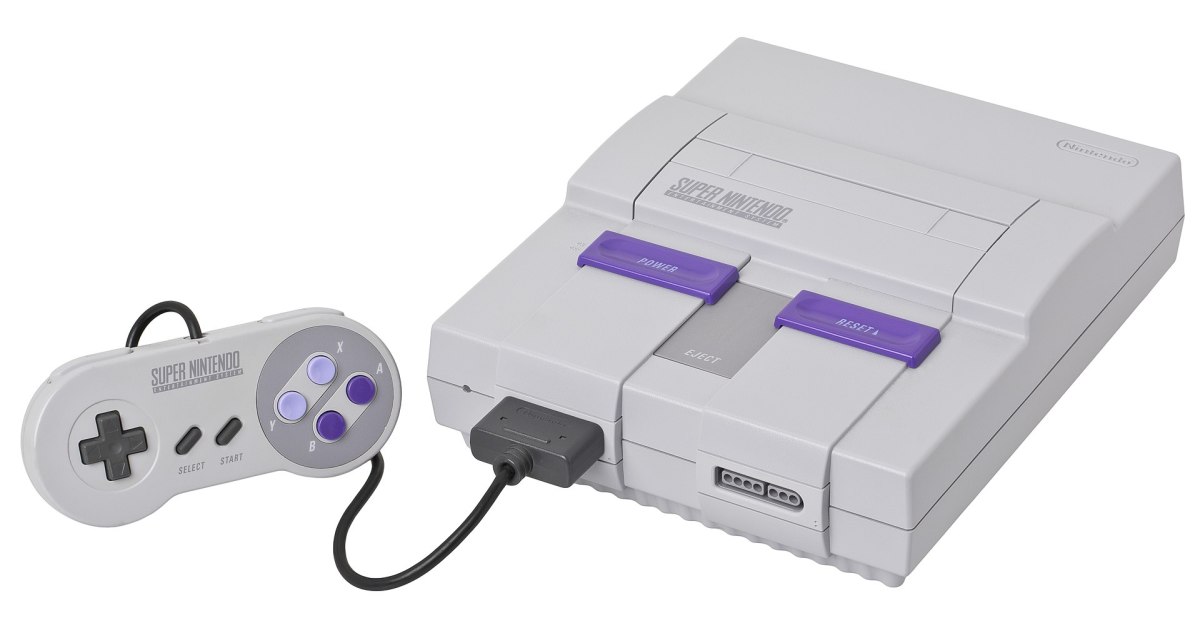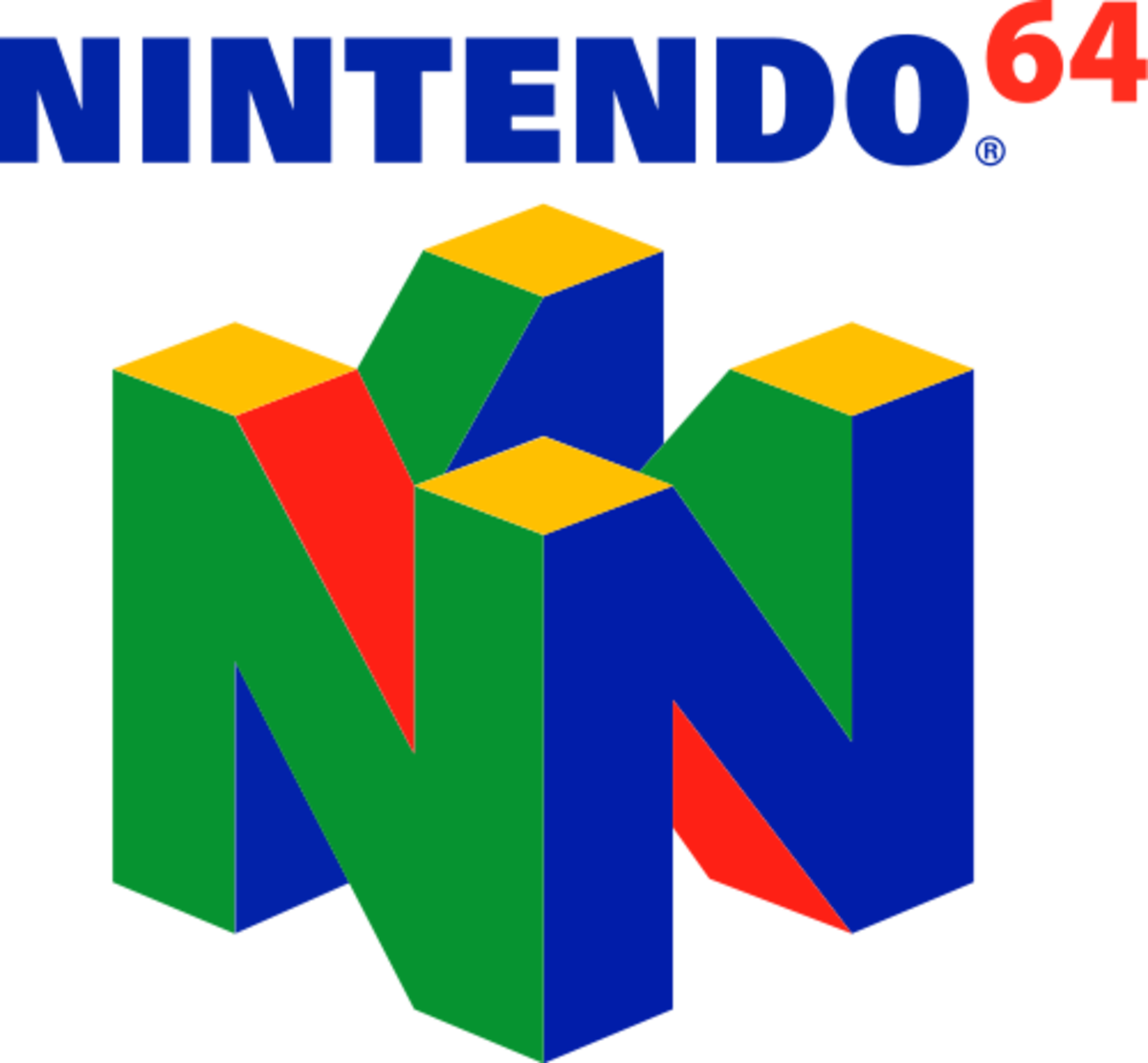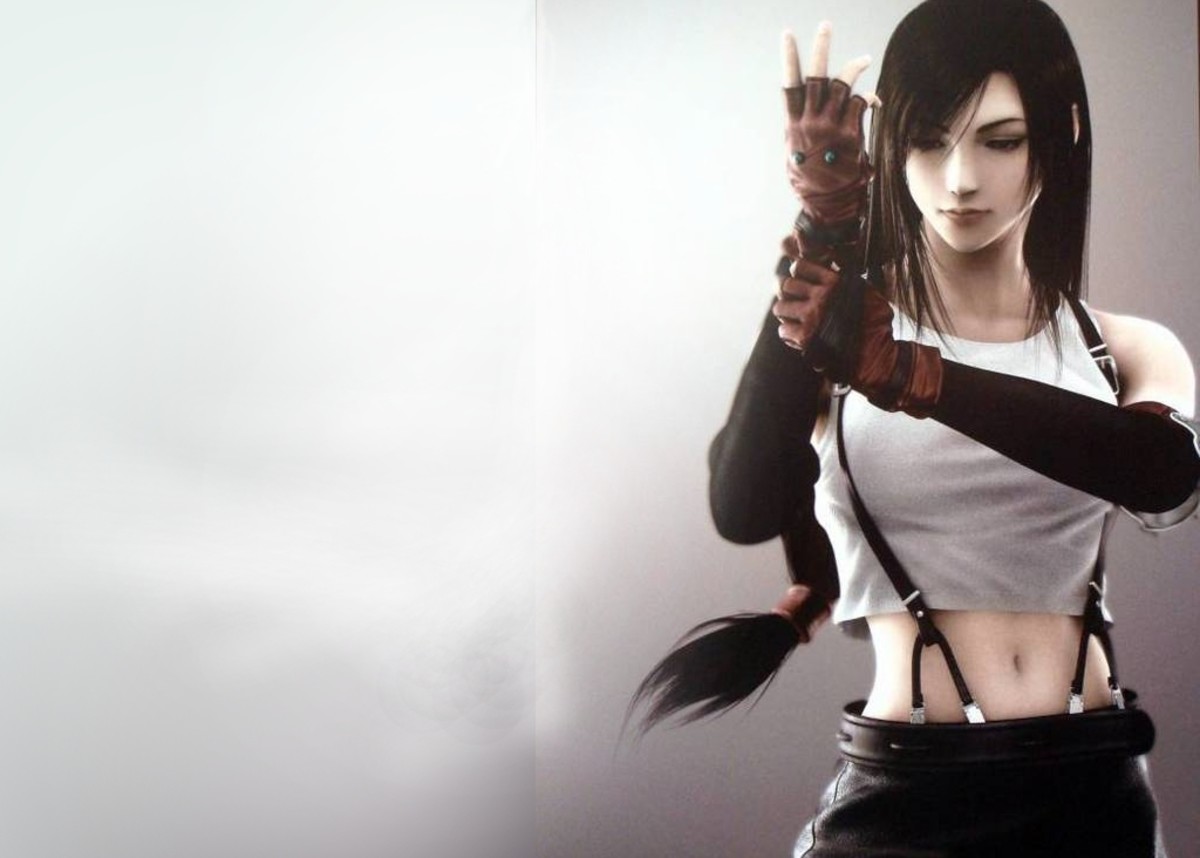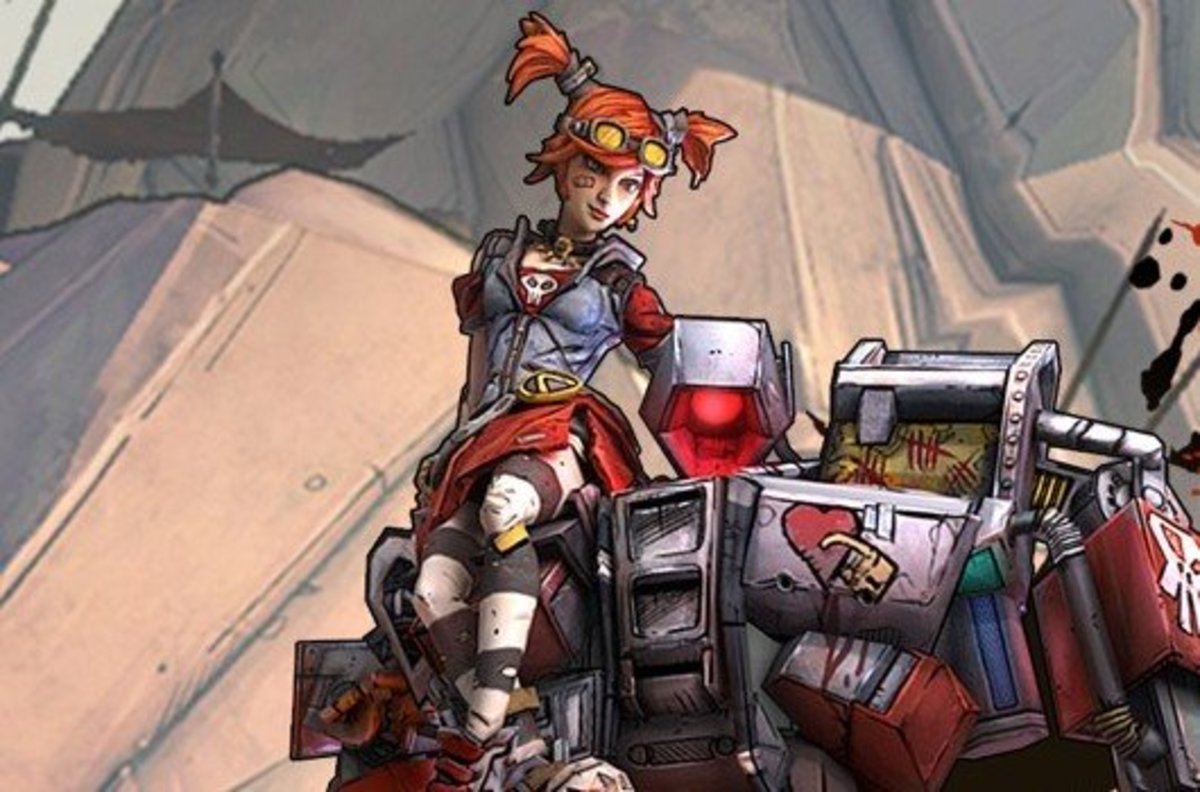The Miraculous 10 Years of Classic Games: Japan in the 1990s(Part 1)
The 1990s in Japan was a golden era for video games, a decade that gave birth to countless classics while various consoles fiercely competed with each other. This was the time when Japanese creativity and innovation shaped the global gaming industry. Let’s take a closer look at the legendary games that defined Japan’s 1990s and why they still matter today.
When you think of the 1990s, it’s probably the era of the Super Nintendo. The early years bridged the peak of the NES (Famicom) and the dawn of the Super Nintendo. By the mid-1990s, the Sega Saturn, PlayStation, and Nintendo 64 had joined the race. Each company invested enormous resources into development, constantly innovating during a time of fierce console wars.
One reason this era stands out is how quickly technology evolved. The jump from 8-bit to 16-bit brought smoother graphics and richer sound, while the move to 3D in the mid-90s revolutionized game design forever. These shifts weren’t just technical; they changed the way players experienced stories, music, and immersion in games.
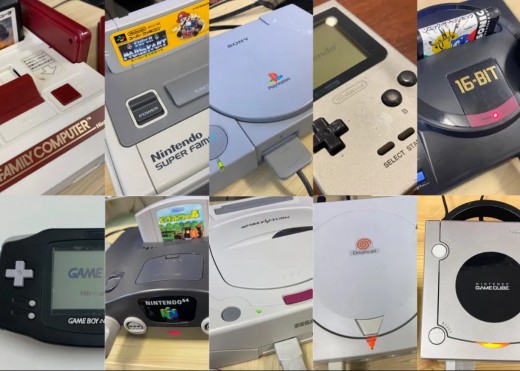
Early 1990s Classics
In 1990, Dragon Quest IV was at its peak, soon followed by Final Fantasy III. Although Final Fantasy sold only about half as much as Dragon Quest, surpassing one million copies proved its growing influence. At the time, it felt like Final Fantasy was chasing Dragon Quest in popularity, but this rivalry ultimately pushed both series to greater heights.
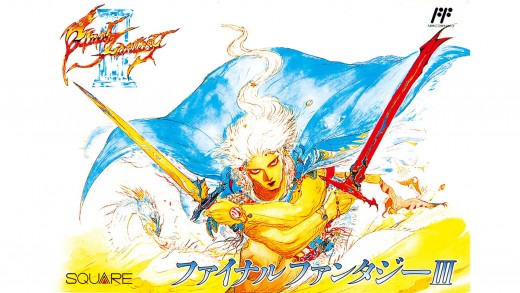
Expanding Audiences with New Genres
That same year, Dr. Mario made its debut on the Game Boy. It was one of those titles that reached far beyond the “gamer” demographic—mothers, sisters, and casual players all found it enjoyable. The puzzle formula was simple but addictive, showing how accessible gaming could be.
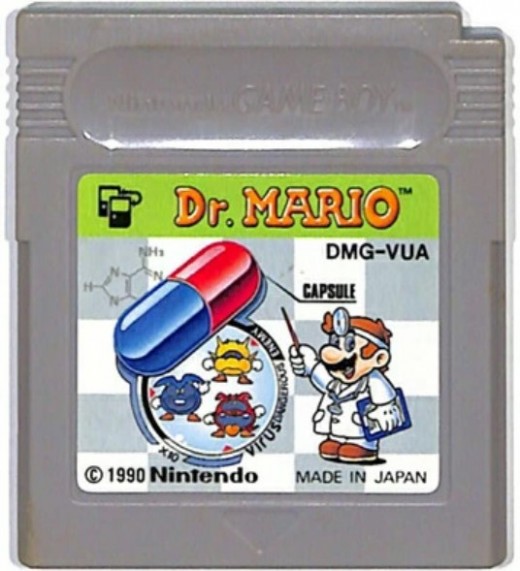
Meanwhile, Mega Man 3 stood as one of the finest action titles on the Famicom. Known for its high difficulty, it challenged kids everywhere, but the sense of progress and reward after days of effort was unforgettable.
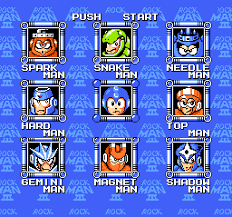
The Super Nintendo Arrives
On November 21, 1990, the Super Nintendo was finally released in Japan, accompanied by Super Mario World and F-ZERO.
Super Mario World is still considered the pinnacle of 2D platforming. Its simple mechanics and polished design make it timeless, a game that feels fresh even decades later. F-ZERO, on the other hand, delivered an unprecedented sense of speed. Though it was tough to control at first (and sometimes even family members teased your struggles), that challenge became part of the fun.
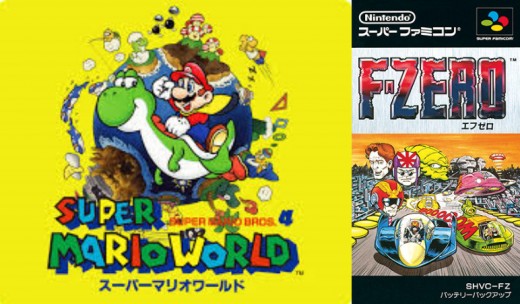
In 1991, Nintendo continued to expand its lineup with bold ideas. SimCity allowed players to step into the role of mayor and design their own cities—an unusual concept at the time that nearly sold a million copies. Star Fox, using the revolutionary Super FX chip, introduced 3D gameplay on the SNES and inspired the entire industry.

RPGs and Timeless Adventures
The Super Nintendo also became home to legendary RPGs. Final Fantasy IV introduced the groundbreaking Active Time Battle system, a mechanic that influenced countless RPGs to come. It also featured an emotional story and memorable characters, setting a new standard for the genre.
Not long after, The Legend of Zelda: A Link to the Past was released. With its perfect balance of exploration, puzzles, and combat, it captured players’ imaginations and remains one of the most beloved Zelda titles today.
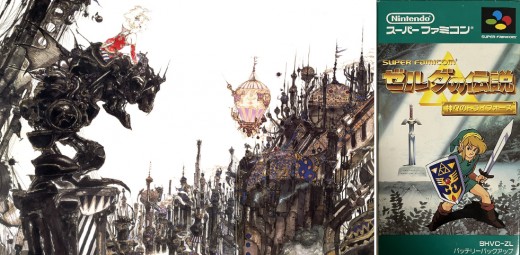
Why the 1990s Still Matter
Looking back at just the years 1990 and 1991, the sheer number of influential titles is astonishing. These games not only entertained millions but also laid the foundation for modern gaming. From the introduction of 3D graphics to the refinement of RPG storytelling, the 1990s shaped the industry in ways that continue to resonate.
What made this decade truly miraculous was its diversity. There were games for every kind of player—casual puzzlers, hardcore platformers, deep RPGs, and experimental 3D adventures. Even if you weren’t playing regularly, it was nearly impossible to ignore the cultural impact of these titles.
The 1990s proved that video games were more than just a passing trend. They became an essential part of pop culture, alongside music, movies, and television. For many of us, these games are not just memories but milestones in our personal histories.
And this is only the beginning. The mid-to-late 1990s brought even more revolutionary titles, from PlayStation RPGs to the groundbreaking worlds of Nintendo 64. We’ll explore those in Part 2.


